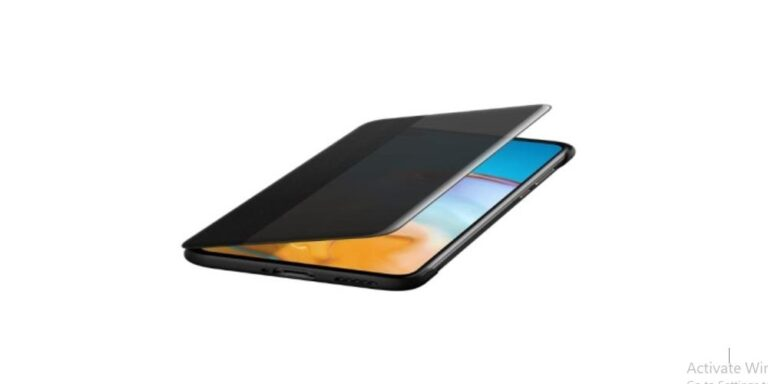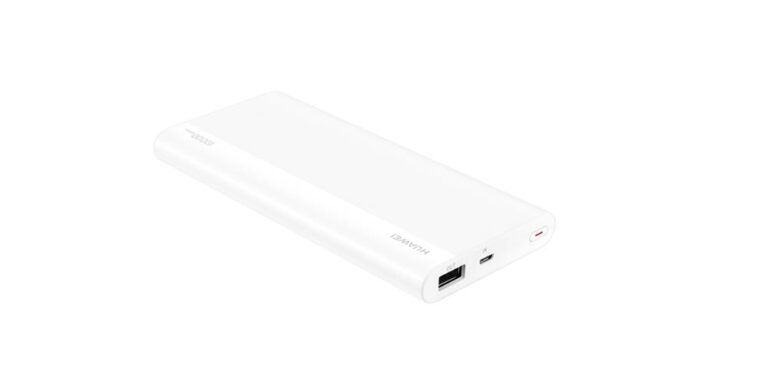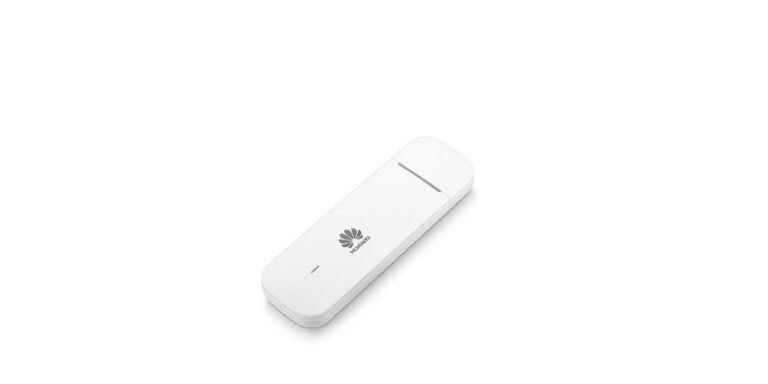Release Date and Features of the Huawei P40
The Huawei P40 Pro technology is as good as the company’s previous flagship phones, but there are a few drawbacks to consider. Wireless charging and a fast refresh rate screen arena aren’t included in the P40’s pricing range, which many other phones in this price range have. Google Mobile Services is still a major stumbling block for this device since you won’t be able to use some of the most popular Android apps and services. Get the Huawei P40 Pro smart view to protect your phone at all times.
Huawei P40 Release Date and Price
Following its unveiling in March 2020, the Huawei P40 Pro was launched in several markets throughout the world. The phone is presently accessible in the United Kingdom, various European countries, Australia, and the Middle Eastern countries. The pricing in the UK was £699; however, in Australia, it costs AU$1,099 (approximately $900) at its introduction. That’s more inexpensive than Huawei P40 plus Pro that was unveiled at the same time, and the Mate 40 Pro launched in 2020. Some locations have more extensive storage options. However, the 8GB of RAM & 128GB of storage type is the most prevalent in both the United Kingdom and Australia, where the pricing is shown above.
Design
There is no “Quad-curve Overflow Display” in Huawei P40. Thus it appears more conventional with its flat sheet of glass on the front. However, it is still a nice-looking gadget. Pre-installed screen protection, a large cutout for the twin cameras in the upper left corner, and buffed, curved metal on the phone’s top and bottom round out the features. Even though it doesn’t have the same attention-grabbing features as its larger sibling, it’s still a nice-looking phone. Ceramic-effect glass covers the backside of the phone. Compared to other high-end phones, the ceramic build provides a distinct feel and makes the phone more comfortable in your hand.
Display
Full HD (1080×2340) is the resolution of the Huawei P40 Pro smart view screen, which is 6.01 inches diagonally. For the price, this isn’t the best screen in its class, lagging behind the One Plus 7T Pro by a significant margin. In terms of clarity, it is still a step ahead of the iPhone 11. It has a pixel density of 422 pixels per inch, which is adequate. The lack of a QHD display may enrage some, but we didn’t find it a problem while using the phone. You’ll need to upgrade to the P40 Pro or Pro Plus to get a bigger screen, but the screen size is remarkable.
Cameras
The Huawei P40 Pro smart view Lens adapter camera package has a 50MP f/1.8 aperture primary camera, a 16MP f/2.2 super camera, or an 8MP f/2.4 telescopic camera featuring 3x optical zoom. Unlike the P40 Pro, there are no Tofu sensors in this model. This is the largest sensor Huawei ever used, even more, significant than that of Samsung’s Galaxy S20 Ultra’s 1/1.28-inch RYYB sensor. Pixel binning, where four of a sensor’s pixels are combined into one “superpixel” to improve low-light performance, may create 12MP photographs using the phone’s primary camera.
Software
EMUI 10.1 is pre-installed on the Huawei P40 Pro smart view, which runs on Android 10. While the P40 has more processing power than the One Plus 7T, it doesn’t seem elegant since it lacks a 90Hz refresh rate screen, even though the P40 is theoretically more powerful than the 7T. In the meanwhile, it’s not known when this phone will be upgraded to Android 11. Even if Huawei’s most current handsets are not permitted to access several Google Mobile Services, the elephant in the room is still there.












